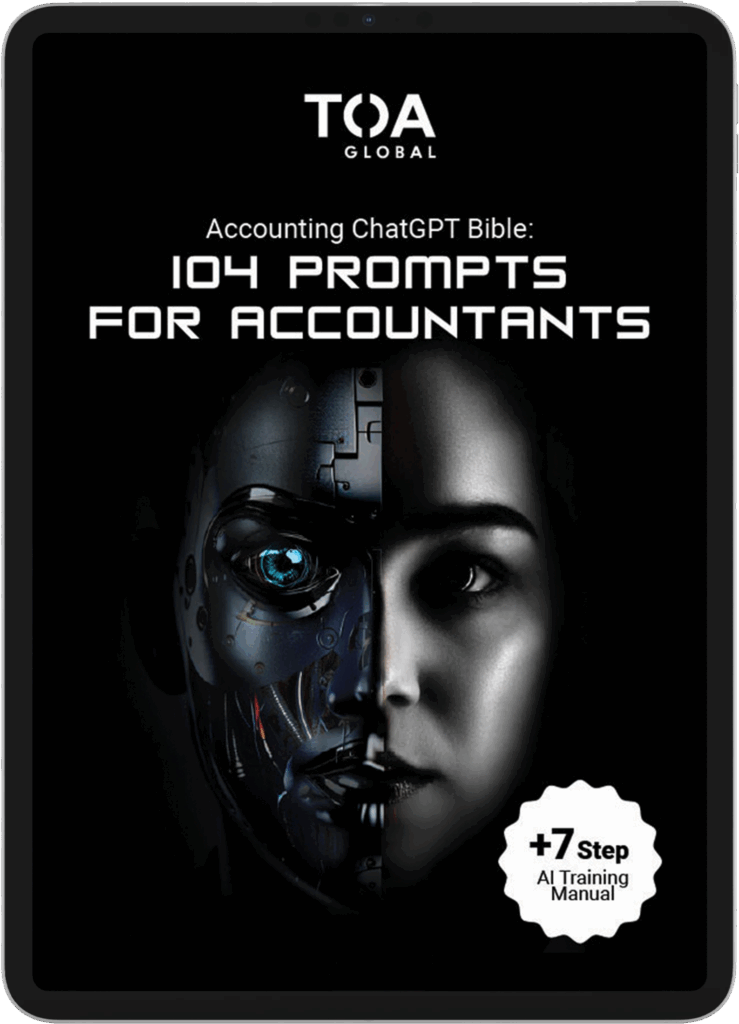What are the Different Types of Models in Accounting Outsourcing?
As the need to cut costs and increase capacities has arisen, outsourcing for accounting firms was born. But this isn’t confined to just one setup — there are many outsourcing frameworks that have popped up as multiple industries have evolved through time, especially accounting.
To simplify things, we can classify outsourcing models into 3 major categories: setup, location, and pricing, which will be further explained below.
What’s Your Setup? Types of Outsourcing Models Your Firm Can Adopt
1. The Freelancing Model
Under the freelancing model, accountants work independently and set their own hours and rates. In sites like Upwork, accounting firms from around the world can bid on a freelancer according to their track record, specifically their milestones and ratings. Freelance accountants can provide services such as bookkeeping, financial analysis, tax preparation, and consulting to your accounting firm.
Project-based Model
The project-based model involves assigning project-based accounting tasks such as fraud evaluations and financial modeling to skilled accounting freelancers on a short-term basis. Largely depending on the client, some projects can span about 2 to 3 months up to a year (or even 2).
Contractual Model
Much like the project-based model, the contractual model lasts for a shorter time than the direct employment setup. Unlike project-based workers whose agreement with their clients ends once the project ends, contractors generally work for companies for a longer time — especially if their performance is outstanding.

2. The Business Process Outsourcing (BPO) Model
One of the fastest-rising areas in outsourcing, the business process outsourcing (BPO) model is a popular choice among firms looking to outsource their labour force to countries with lower labour costs.
BPO companies typically provide the devices, programs, and facilities required for your accounting firm’s offshore teams, as well as human resources, payroll, and IT concerns, among others.
When your firm partners with an accounting-specific BPO company, you entrust your team to a dedicated training division for accounting tasks and departments like tax, compliance, update training, and the like.
Staff Augmentation Model
Like onsite outsourcing, the staff augmentation model means your outsourced team and in-house employees are in the same capacity. In this model, the client can manage, concentrate, and control both teams, delegate tasks and projects more effectively, and promote an overall collaborative environment between both in-house and outsourced employees.
Managed Team Model
In the managed team model, there are typically 3 parties: your accounting firm, the outsourcing service provider, and the team of accounting professionals to execute tasks for your firm’s daily operations. Depending on your agreement, you and your outsourcing provider of choice will decide on the process and workflow.
3. The Build-Operate-Transfer (BOT) Model
The build-operate-transfer (BOT) model especially suits your firm if you want to grow your team beyond 25 team members. This model is for when a practice hires a third-party firm to create a new subsidiary. A good number for your practice is when you onboard 15 team members.
3 Os, 1N, 1M: Location-based Types of Outsourcing
The types of outsourcing based on location include the 3 Os (offshore, onshore, and onsite), 1 N (nearshore), and 1 M (multisource). The first O is offshore outsourcing, which is what most people are familiar with — working with accounting employees from distant locations, typically ones with lower labour costs.
Meanwhile, outsourcing models like onshore outsourcing means obtaining employees from a third-party company within the same country or territory. As for onsite outsourcing, this would mean putting a certain employee or talent team under a contract and having them work with your current in-house roster.

Nearshore outsourcing is another example of outsourcing that can also slash costs for your practice by sourcing employees from nearer territories but with more affordable rates.
An example of this would be US-based accounting firms absorbing Canada-based bookkeepers.
Lastly, we have multisource outsourcing, which allows you to combine the location-based outsourcing models. You can test out whatever works for your practice — you can source offshore employees for the tasks with higher labour costs while getting nearshore or onshore workers for otherwise lower cost accounting tasks.
Note that the standard rates per territory vary. Some owners agree on a fixed rate while others choose to incentivise. One of many outsourcing strategies, pricing your outsourcing setups in different ways helps minimise costs and maximise benefits.
Fixed, Incentive, Risk-Reward? Pricing-based Models Explained
1. Fixed Price (FP) Model
As the name itself says, the fixed price (FP) model means that there is an established or standard rate set by the service providers, which is given to accounting firms who want to outsource. There is also a subtype under this outsourcing business model called the fixed price with economic adjustment (FP EPA) model, which considers the additional costs coming from resources, upgrades, salary levels of employees, and the like.
2. Value-based Pricing Model
This model is based on the definition of economic value — clients paying for the perceived value of the outsourced accounting services. The value-based pricing model has two main subtypes.
The first is value-based pricing, which means that the client pays a set price according to the perceived value of the accounting services provided before the project starts. There’s also value-based billing, which is like value-based pricing, except the client pays after the employees complete the tasks assigned to them.
3. Cost-plus Model / Cost Reimbursable Model
In contrast to the fixed price model (and some of its subtypes), the cost-plus model or cost reimbursable model assumes a certain level of risk and establishes no standard rate to be paid. There is also typically a set maximum amount for the reimbursable costs.
In terms of the subtypes of this outsourcing business model, we also have the cost-plus fixed fee model. In this model, the service providers get paid through the fixed fee in lieu of incentives. Meanwhile, the cost-plus award model depends on the work performance of the employees — not on fixed fees or incentives, which brings us to our next model.
4. Incentive-based Pricing Model
This outsourcing business model allows commissions or bonuses from the clients — and you can combine this with other models as well, as part of the many outsourcing strategies for practices of different types. For instance, the fixed price with incentive (FPI) model lets clients give their teams bonuses when they exceed their quota for the month or the quarter.
There is also the FPI successive target (FPI ST) model, which leaves room for cost adjustments on the clients’ end. Meanwhile, we also have the cost plus incentive (CPI) model which depends on the standards or metrics from the client, aside from combining the incentive-based pricing model with the fixed price (FP) model.

5. Shared Risk-Reward Model
The shared risk-reward model encourages performance and delivery of results that benefit both accounting firm and service provider by sharing ideas, concepts, and responsibilities with each other. This is believed to ultimately reduce risks and increase profitability.
6. Time and Materials (T&M) Model
The time and materials (T&M) model in accounting outsourcing is a pricing structure where the client pays for the actual time spent by the service provider on a project, as well as the materials or resources used.
T&M is commonly used when the scope of work is unclear or likely to change throughout the course of the project. As it provides flexibility for clients, the time and materials (T&M) model also has a version with a limit (T&M with cap) to prevent excessive spending.
7. Profit-sharing Model
Especially beneficial to the accounting firm looking to outsource, the profit-sharing model allows clients to pay the third-party service provider with their profit. There would be an agreed-upon percentage between the client and the service provider.
Is There an Ideal Model for Outsourcing?
All firm owners want to keep their firms in the black. It’s crucial to inform and familiarise yourself with outsourcing models before your practice adopts a certain relationship-based, location-based, or pricing-based model.
Take into account the employee commitment and quality of outsourced accounting services that you render. Make sure that the model you choose is compatible when you’re scaling up (for instance). Invest in training your team to be well-versed in the legal and technical aspects of accounting like tax-related tasks to prevent any liabilities or unwanted expenses.
There’s no room for missteps, because your firm’s reputation is on the line. A trusted and reliable outsourcing company is the best choice to help with your crucial accounting operations. This way, you can increase your capacity, reduce costs significantly, and maintain your staff performance-based hiring standards.
The Best Possible Outsourcing Options with TOA Global
Outsourcing can unleash your firm’s full potential if you tap the right resources like TOA Global. Connecting you to elite accounting talent across the globe, we help accounting firm owners decide on the right outsourcing model for their practice — from the type of setup to location to pricing.
Want to know if we’re a good fit? Book a no-obligation consultation with us and let’s work together.






















